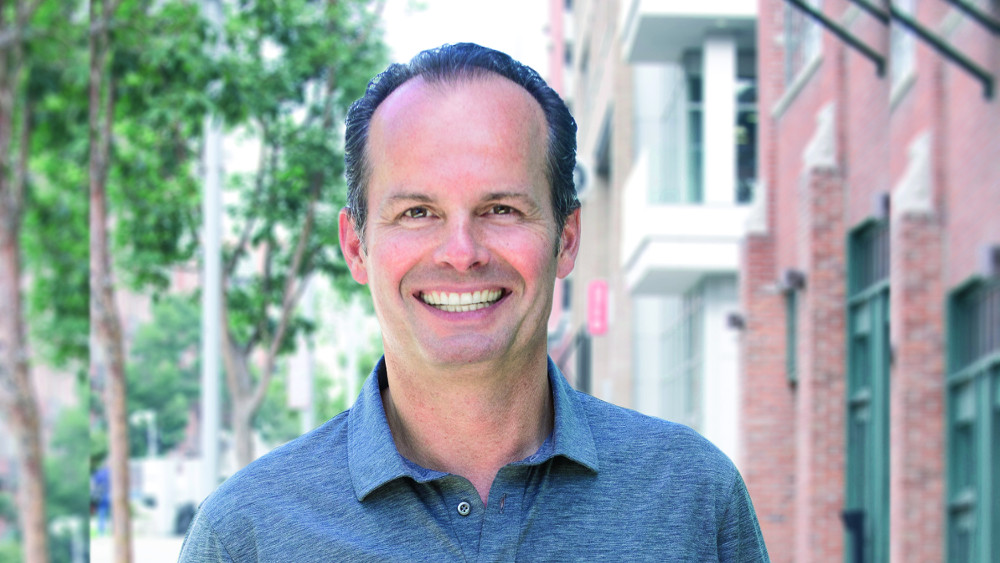
A unique approach to bring open innovation to Europe
In February, Johnson & Johnson Innovation, JLABS opened its first European open innovation incubator, JLABs @ BE, at the heart of the Beerse Janssen R&D Campus in Belgium. European Biotechnology spoke with Günter Huhle, Head of Johnson & Johnson Innovation JLABS EMEA, about Johnson & Johnson's approach to open innovation and its tremendous global innovation network, currently comprising ten incubators and over 420 companies that have collectively raised over US$10bn in growth capital.
EuroBiotech_ It took just six years from the launch of JLABS to create a global open innovation network in healthcare. How did it start and what is unique about J&J’s open innovation approach?
Huhle_ We started with the first JLABS in San Diego in 2012, then another in San Francisco, and it was a great success, so we expanded to the East Coast, Houston and Canada. I think what makes the JLABS concept attractive and unique to entrepreneurs is that there are no-strings attached, which means we are not signing any contracts as an obligation. For the entrepreneurs, this is important because it means they don’t dilute their ownership when they become a JLABS resident company. We open up the entire ecosystem of support for the residents that means access not only to JLABS laboratories and equipment but also to consumer boards, our entire services, and our networks, as well as educational programmes on whatever you need to bring your enterprise from concept to commercialization. The second point is access to our scientists. We provide every resident with a JPal. That’s a key expert in the area who can give advice and link them up with our broad J&J network. Last but not least, they are granted access to our Investor Hub. We have more than 45 investors partnering with us. In the past five years, we had 1260 one-to-one investment interactions and more than 98 larger investor events.
EuroBiotech_ In Europe, JLABS recently created the first in a series of incubators. What’s different compared to the US?
Huhle_ Indeed, this year, we announced the first JLABS in Europe. Since February, seven investors have joined us at the Beerse Janssen R&D campus, which hosts JLABS @ BE. We are about to recruit another three companies in the coming weeks and call for more applications from healthcare startups. The ecosystem in Europe looks a bit different compared to the US. We realise you must be very careful in selecting the right talents and residents, which leads us to our selection criteria. First, it needs to be a very strong team and second, very compelling science that addresses areas of unmet medical need but the team is key. Last but not least, there must be enough funding to enable the talents to meet their next milestone. The selection process normally takes us two weeks.
EuroBiotech_ What’s most important for a start-up company contributing to an open innovation ecosystem?
Huhle_ It’s most critical that you compile a team that is able to manage the science as well as oversee the business perspective. Second, experience and fundraising including bootstrapping and raising public funds is always a plus.
EuroBiotech_ Where do you want to go in the future with JLABS?
Huhle_ We think the ecosystem of science and business creation in Europe is very scattered and thus so are the investments. So we think that in order to have a critical mass in Europe we need to be where the science and investments are. Thus, we are open to discussing different models, such as a JPOD, which is a scaled down version of the full existing JLABS incubator.
Günter Huhle heads Johnson & Johnson Innovation, JLABS EMEA. Prior to joining JLABS, he led the Business Development Organisation and the Mature Brands at Janssen. Günter received his MD and PhD from the University of Heidelberg and his Master of Science from the University of Witten/Herdecke. He is board-accredited in internal medicine and haemostaseology and holds a professorship at the University of Heidelberg. Since he moved into the pharmaceutical industry in 2001, Günter has held various leadership positions in R&D, medical, and business; first at Eli Lilly and then at Merck KGaA before joining Janssen and Johnson & Johnson in 2007.
First published in European Biotechnology, Autumn Edition 2018


 Pharmahungary Group
Pharmahungary Group Sofinnova Partners
Sofinnova Partners VFA
VFA